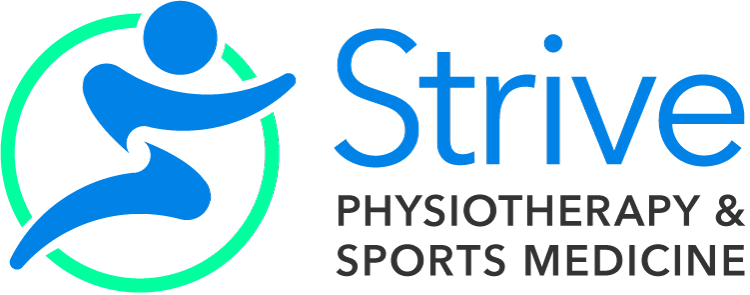Learn more about Temporomandibular Joint Disorder from Patrick.
People living with TMD (Temporomandibular Joint Disorders) are affected in ways we may not think. Physical pain is not the only factor affecting quality of life. People may refrain from chatting because it hurts to speak. They may have low energy because it hurts to eat. People may not want to go out to dinner with friends and they may fear pain from laughing. Jaw pain has social ramifications. Putting things into perspective, jaw pain is the equivalent of a sports injury for a singer or musician.
Temporomandibular Joint Disorder… What Does That Mean?
TMD is a collective term describing a combination of clinical problems involving the jaw, muscles used in chewing, and related structures such as the neck. The joint is characterized by a disc which moves with mouth opening. Sometimes a muscle can pull the disc too far forward and the result is the disc can then click over the other structures in the jaw. This clicking can become painful and limit the ability to open or close the mouth.
What are Common Signs and Symptoms of TMD?
- Pain over the jaw and surrounding muscles
- Pain with chewing, mouth opening or yawning
- Jaw noises (clicking, grinding, crunching)
- Locking (while opening or closing your mouth)
- Headaches in temple area
- Ear pain
- Neck pain and stiffness
- Pain with kissing
What are Different Kinds of Jaw Problems?
- Pain disorders include jaw muscle pain and related headaches, temporomandibular joint (TMJ) inflammation and referred pain from the neck. Of these, muscle pain (Myalgia) is the most common pain disorder. That is correct; your tiny jaw muscles can get tight too!
- Joint Disorders include clicking or locking with jaw opening, closing, or both. Can you imagine not being able to open your mouth wide enough to eat? Subluxation and dislocation of the jaw is also possible. In this case, people may find they need to perform “a maneuver” to pop their jaw back into place.
What Can Cause TMD?
Facial trauma such as a blow to the face or athletic injury, concussion, and motor vehicle accidents will impact the TMJ. Acute malocclusion or dental problems will stress the TMJ. Non-traumatic injuries or “micro trauma” include poor prolonged posture and computer use with poor ergonomics (a common culprit). Back, shoulder or jaw strains, and repetitive tasks such as singing or playing musical instruments can all stress the TMJ.
How Can I Decrease My Risk of Acquiring TMD?
The following is a list Specific behaviours or habits increasing the likelihood of developing or the severity of TMD:
- Clenching / grinding teeth while sleeping or awake
- Placing pressure on jaw while sleeping (sleeping on stomach or side with hands pressed against the jaw)
- Tensing facial muscles
- Biting, chewing or playing with your tongue, cheeks, or lips
- Chewing gum
- Playing a musical instrument that involves use of the jaw (woodwind, brass, string instruments)
- Leaning with your hand on the jaw, or resting the chin in your hand
- Chewing foods on one side only
- Sustained talking or singing (e.g., a teacher or salesperson)
- Yawning
- Holding your telephone between your head and shoulders
If you are experiencing jaw pain, try to minimize some of these factors. Strategies to help better manage stress and improve your sleep are also important areas to work on.
How Can Physiotherapy help?
Jaw Inflammation Can Be Addressed By Pain-Free Range Of Motion Techniques And Advice On Diet. Specific TMJ Mobilization Techniques And Stretches Can Help Increase Mobility In Jaws With Restricted Opening. Intraoral Massage Techniques Are Effective, And They Feel Good! Dry Needling And Acupuncture Can Also Manage Trigger Points In Jaw Muscles And Reduce Pain.
Assessment of an individual’s posture is key to reducing oral and facial pain. This includes addressing stiff joints and massaging tight muscles of the neck, upper back and even around the shoulder.
Your physiotherapist will guide you on pain science and provide strategies to manage your pain. This includes advice on sleep hygiene, appropriate physical activity, and breathing techniques to decrease tension of the jaw. “Keep your teeth apart and breathe”. Give it a shot! If your tongue automatically goes to the roof of your mouth, you are doing it right!
A recent systematic review of the literature published in 2020 in the Journal of Clinical Medicine, supports the use manual therapy as an effective treatment for temporomandibular disorders (TMD). Significant improvements in pain and mouth opening were found when compared to baseline and when combined with therapeutic exercise, the positive effects were shown to be maintained in the long term.
What Exercises Can I do at Home?
Specific exercises which are helpful for one TMJ pathology may irritate another. However, breathing control and tongue positioning will decrease joint tension. Place your tongue gently on the roof of your mouth behind your front teeth. Swallow and breathe in this position. Say “Now” “Never” (and repeat). This habit will replace jaw clenching. Try doing the alphabet with your tongue. If you make it to H…. That’s great!
TMD Home Exercise Program
Please keep in mind that these exercises were designed as a place to start to address your symptoms. These exercises should not be performed or continued if they cause or increase your pain in any way. Using these exercises for self-management of your symptoms does not replace the value of being assessed by a Health Professional. If you find you need help, let a Strive Health Professional help you, book your time today!

Patrick Quimio
PT, MScPT, BKin
Registered Physiotherapist
Originally from the prairies, Patrick completed his Bachelor of Kinesiology at the University of Manitoba. Because of his interest in musculoskeletal anatomy and physiology, he moved out East to complete his Master of Science in Physical Therapy at the University of Toronto. Since then, he has lived and trained in Winnipeg and Vancouver, completing various continuing education courses in: orthopaedics, exercise prescription, dry needling, acupuncture, manipulation, and therapeutic cupping.


